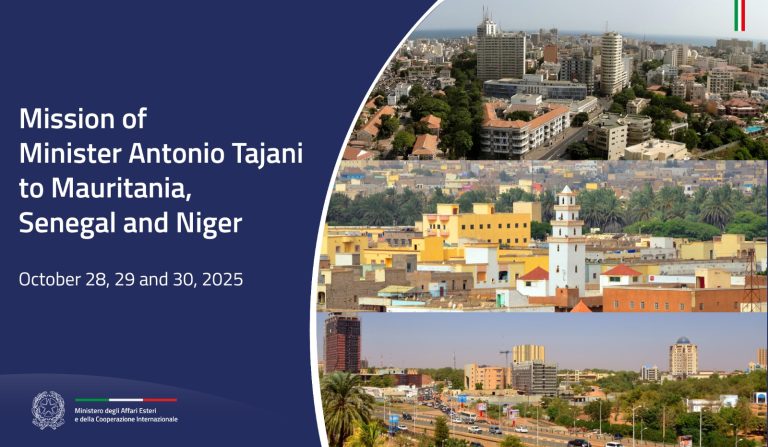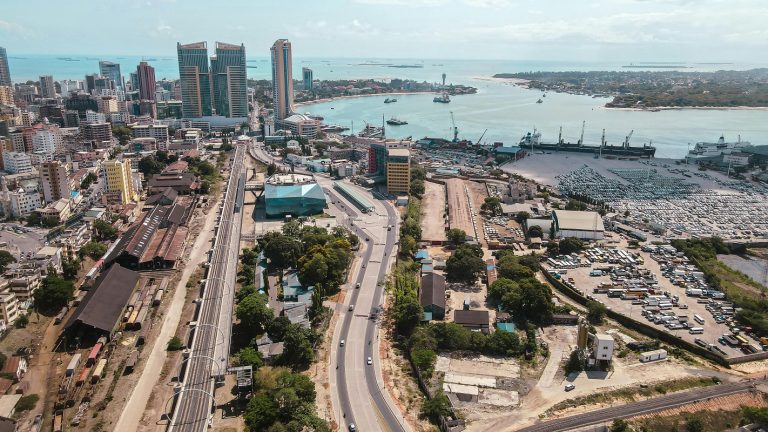Ethiopia is poised to further cement its role as a key hub for continental air transport through the ambitious and strategically significant construction of a second international airport in Bishoftu, located approximately 40 kilometres from the capital, Addis Ababa. Valued at an estimated USD 8 billion for its initial phase, the project is a cornerstone of the national development plan promoted by the Ethiopian Government. It responds to the increasing saturation of the existing Bole International Airport in Addis Ababa, which is rapidly nearing its maximum annual capacity of 22 million passengers.
Formally owned by Ethiopian Airlines—the national carrier and Africa’s leading airline—the new international airport is expected to become one of the largest and busiest in the world, with an initial handling capacity of approximately 60 million passengers per year.
The Ethiopian Government has already laid the groundwork for the substantial funding required, actively engaging in capital mobilisation. A key milestone was reached in March with the signing of a Letter of Intent between Ethiopian Airlines and the African Development Bank (AfDB) for an initial loan facility reportedly worth USD 500 million, according to the Ethiopian Ministry of Finance. An additional USD 500 million is expected to be contributed by the Asian Infrastructure and Investment Bank (AIIB), reflecting strong international interest in the project.
Given the scale of this mega-infrastructure, which in its first phase foresees the construction of two runways and an “airport city”, the overall development will likely be divided into multiple tender packages—estimated between 10 and 14 distinct lots. This approach is designed to encourage broader participation from medium and large-sized enterprises, allowing them to compete for individual services and contracts, ranging from infrastructure construction to the provision of airport-related services.
Construction sites across Africa
More aircraft and more airports mean greater ease of movement for goods and people. Yet the growth of the aviation sector also opens up broader opportunities in infrastructure, technology, safety, and services—areas where Italy has considerable expertise to offer.
Civil aviation and its supporting infrastructure are undergoing rapid expansion across the African continent. According to data from the Centre for Aviation (CAPA), there are currently 24 airport refurbishment or expansion projects underway across Africa. In addition to the future second airport in Addis Ababa, one of the most significant redevelopment projects is in South Africa, where Cape Winelands Airport is being transformed from the general aviation Fisantekraal Airfield into a commercial hub to support Cape Town International Airport. Other major airport upgrade projects include Houphouët-Boigny Airport in Abidjan (Côte d’Ivoire), Blaise Diagne International Airport in Dakar (Senegal), Entebbe Airport in Uganda, O.R. Tambo International Airport in Johannesburg (South Africa), Cabinda Airport in Angola, and Menara Airport in Marrakech (Morocco).
Further active sites include Bugesera Airport, 40 km from Kigali (Rwanda), which aims to become a regional hub for Central and East Africa; the second airport near Lagos, at Lekki-Epe, designed to complement Nigeria’s Murtala Muhammed Airport; and Tunis-Carthage Airport, where a new terminal is planned to accommodate an additional eight million passengers per year.








